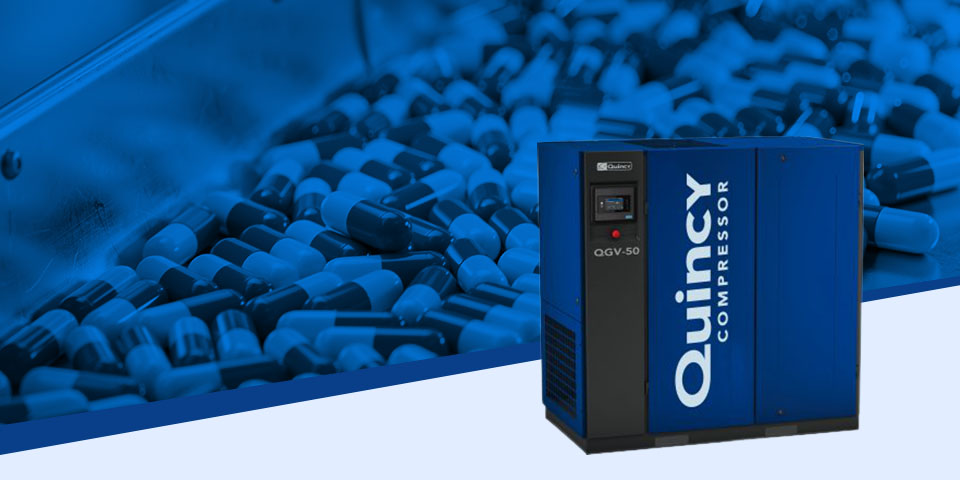Contents
Critical Pressure
In the day-to-day world of pneumatics and compressed air systems, critical pressure refers to the minimum pressure required by any tool or process in the system to function correctly.
What Is Critical Pressure in Thermodynamics?
Thermodynamically, critical pressure is the precise pressure at which a gas is liquefied at its critical temperature. It marks the point where the distinction between the liquid and gas phases of a substance begins to disappear. Air’s critical pressure is approximately 549.08 pounds per square inch (PSI), and its critical temperature is -220.94°F.
Above the critical temperature, no amount of pressure can transform the gas back into a liquid.
FAQs
For most standard industrial air compressors, often characterized as low-, medium- or high-pressure, the thermodynamic critical pressure of air is not a direct operational concern. These compressors run at temperatures above the air’s critical temperature, meaning the air remains in a gaseous state.
In some advanced systems, the compressor’s goal is not just to add pressure to manipulate the phase of a gas. In these cases, critical pressure is a core concept. For instance, supercritical fluid compressors operate near the critical point to exploit the unique properties of the gas, making them highly efficient for applications like next-generation power cycles.
Similarly, ammonia refrigeration compressors must operate below the critical pressure limit to ensure the gas successfully changes back into a liquid.
In thermodynamics, the critical point is the endpoint of a phase equilibrium curve. It represents the temperature and pressure conditions at which the boundary between two phases, such as liquid and vapor, ceases to exist.
You can calculate critical pressure using the van der Waals equation:
Pc= a/(27b2)
Water’s critical pressure is about 3,200.1 PSI. This is the pressure required to liquefy water at its critical temperature.
The critical temperature is the highest temperature at which a gas is converted into a liquid by applying pressure. Once a gas reaches this temperature, the critical pressure is the exact amount of force needed to push it over the threshold into a liquid state for the final time.
Critical pressure is a fundamental thermodynamic property of a gas, while the cut-out pressure is a user-defined setting on an air compressor. The cut-out pressure is the maximum pressure the compressor reaches before it stops, while the critical pressure is the specific pressure at which a gas is liquefied at its critical temperature.
No, a standard compressor cannot liquefy air. While it increases the pressure of air, it does not lower the temperature to the critical temperature of -220.94°F needed for liquefaction.
A supercritical fluid refers to a substance forced beyond its critical temperature and pressure so it exists as a single, uniform phase that is neither a distinct liquid nor a gas.
Compressing a fluid near its critical point is more efficient because the fluid’s density is significantly higher and closer to that of a liquid. This high density means that less work is required to achieve a given pressure increase compared to compressing a gas.
The critical point is the specific combination of critical temperature and pressure where the liquid and gas phases of a substance become indistinguishable. The triple point is the temperature and pressure at which the solid, liquid and gas phases of a substance coexist in thermodynamic equilibrium.
Near the critical point, the physical properties of the liquid and vapor phases undergo dramatic changes and become increasingly similar. For example, the density difference between the liquid and gas phases drops and approaches zero at the critical point.
Additional Resources
At Quincy, our goal is to support you and true support means connecting you to resources that best fit your needs.


